Chinese rover detects water existed on Mars more recently than thought
Thursday, 12 May 2022 12:54 Nearly one year after landing on Mars, scientists say China's Zhurong rover collected data indicating water may have existed on the planet over a longer period of time than previously thought.
A study published Wednesday in the journal Science Advances said Zhurong detected evidence that the Utopia Planitia basin had "substantial" liquid water during its most recent epoch of geologic hi
Nearly one year after landing on Mars, scientists say China's Zhurong rover collected data indicating water may have existed on the planet over a longer period of time than previously thought.
A study published Wednesday in the journal Science Advances said Zhurong detected evidence that the Utopia Planitia basin had "substantial" liquid water during its most recent epoch of geologic hi Traveling to the centre of planet Uranus
Thursday, 12 May 2022 12:54 Caption: Materials synthesis research and study in terapascal range for the first time
Jules Verne could not even dream of this: A research team from the University of Bayreuth, together with international partners, has pushed the boundaries of high-pressure and high-temperature research into cosmic dimensions.
For the first time, they have succeeded in generating and simultaneously analy
Caption: Materials synthesis research and study in terapascal range for the first time
Jules Verne could not even dream of this: A research team from the University of Bayreuth, together with international partners, has pushed the boundaries of high-pressure and high-temperature research into cosmic dimensions.
For the first time, they have succeeded in generating and simultaneously analy Astronomers find 'gold standard' star in Milky Way
Thursday, 12 May 2022 12:54 In our sun's neighborhood of the Milky Way Galaxy is a relatively bright star, and in it, astronomers have been able to identify the widest range of elements in a star beyond our solar system yet.
The study, led by University of Michigan astronomer Ian Roederer, has identified 65 elements in the star, HD 222925. Forty-two of the elements identified are heavy elements that are listed along
In our sun's neighborhood of the Milky Way Galaxy is a relatively bright star, and in it, astronomers have been able to identify the widest range of elements in a star beyond our solar system yet.
The study, led by University of Michigan astronomer Ian Roederer, has identified 65 elements in the star, HD 222925. Forty-two of the elements identified are heavy elements that are listed along Eight things you never knew about mining on Mars, the Moon, and even asteroids
Thursday, 12 May 2022 12:09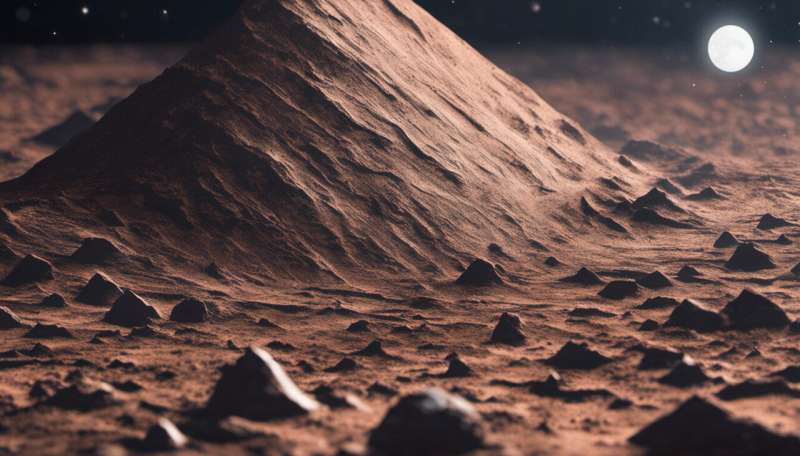
Off-earth mining may once have been purely the stuff of science fiction, but now it's potentially a US$1 trillion industry that is likely to be vital if humans are serious about colonizing Mars or the moon.
Sustaining life on other planetary bodies will almost certainly require the use of in-situ resources which currently remain untapped.
UNSW experts—Professor Andrew Dempster and Professor Serkan Saydam, the director and deputy director of the Australian Center for Space Engineering Research (ACSER)—say the challenges posed by mining such materials in space are enormous.
Robotics may be the answer, but even terrestrial mining systems are not yet fully autonomous, so new technologies will need to be developed.
Boeing considering redesign of Starliner valves
Thursday, 12 May 2022 10:39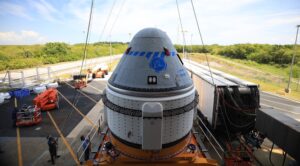
Boeing says it is considering redesigning the propellant valves on future CST-100 Starliner commercial crew spacecraft as a long-term solution to the corrosion problem those valves suffered last year.
The post Boeing considering redesign of Starliner valves appeared first on SpaceNews.
Melting Arctic ice opens new front in strategic power competition
Thursday, 12 May 2022 10:18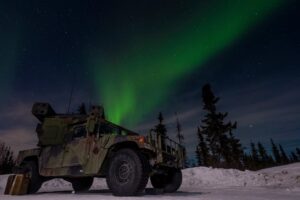
Warming seas and thinning polar ice caps promise to turn the Arctic into a hub of greater economic activity — and a new hotspot for military competition.
The post Melting Arctic ice opens new front in strategic power competition appeared first on SpaceNews.
Powering the moon: Designing a microgrid for future lunar base
Thursday, 12 May 2022 09:02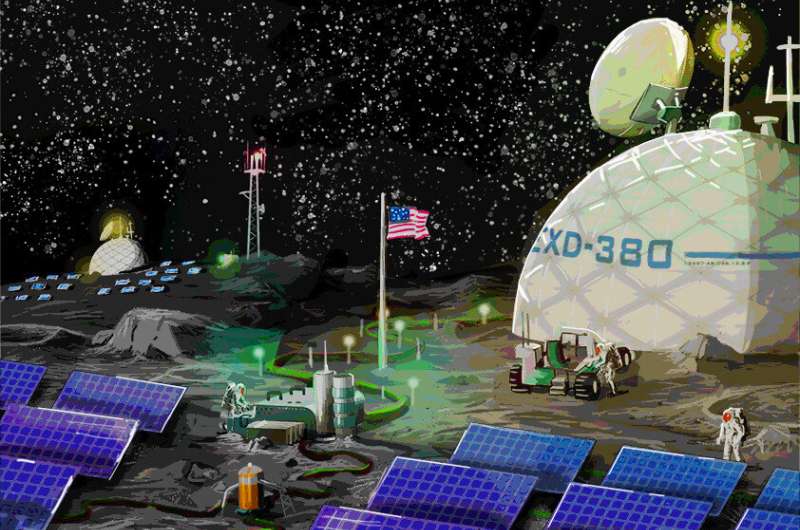
Sandia National Laboratories is well-known for designing reliable and resilient microgrids for military bases and vital city services. Now, Sandia researchers are working with NASA to design one for the moon.
This is not the first time Sandia has partnered with NASA to power equipment on the moon. In fact, Sandia provided the technical direction for the radioisotope thermoelectric generators that powered the lunar experiments placed by many of the Apollo missions.
NASA's plan for its concept Artemis lunar base is that it will serve as a technology proving ground for the eventual human exploration of Mars, said Jack Flicker, a Sandia electrical engineer.
Forward to the Moon: An interactive publication about our natural satellite!
Thursday, 12 May 2022 07:40
Forward to the Moon
This is an interactive publication about our natural satellite
Smarter satellites: ESA Discovery accelerates AI in space
Thursday, 12 May 2022 06:12
Could we capitalise on the Earth-based digital revolution to make our satellites smarter?
ESA Discovery is funding 12 projects that will explore the potential of applying the latest developments in artificial intelligence (AI) and advanced computing paradigms to make satellites more reactive, agile and autonomous. This could generate new practical applications that support life on Earth and our exploration of other planets.
Virgin Orbit projects growth despite widening loss
Thursday, 12 May 2022 01:30
Despite a widening loss in the first quarter, Virgin Orbit executives said they believe they have enough financial runway for their air launch business to gain altitude this year.
Space Force general: Commercial satellite internet in Ukraine showing power of megaconstellations
Wednesday, 11 May 2022 23:02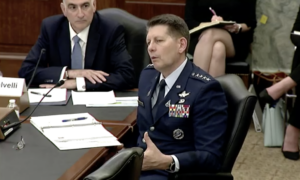
A lesson from the Ukraine war is the resiliency provided by large proliferated constellations, said Gen. David Thompson, vice chief of space operations of the Space Force
The post Space Force general: Commercial satellite internet in Ukraine showing power of megaconstellations appeared first on SpaceNews.
As US blames Russia for KA-SAT hack, Starlink sees growing threat
Wednesday, 11 May 2022 20:42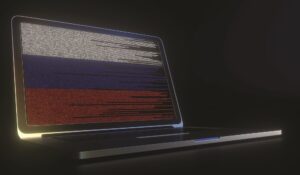
Elon Musk says Russian hackers are increasing efforts to take down SpaceX’s Starlink broadband service amid the war in Ukraine.
The post As US blames Russia for KA-SAT hack, Starlink sees growing threat appeared first on SpaceNews.
As U.S. blames Russia for KA-SAT hack, Starlink sees growing threat
Wednesday, 11 May 2022 20:42
Elon Musk says Russian hackers are increasing efforts to take down SpaceX’s Starlink broadband service amid the war in Ukraine.
The post As U.S. blames Russia for KA-SAT hack, Starlink sees growing threat appeared first on SpaceNews.
Orbex unveils prototype of rocket preparing for UK’s first vertical launch
Wednesday, 11 May 2022 17:40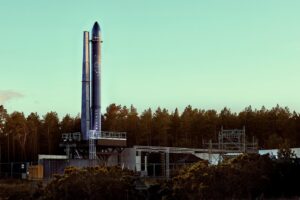
British microlauncher startup Orbex unveiled a full-scale prototype May 11 of what it hopes will be the first-ever vertical rocket launched to orbit from British soil.
The post Orbex unveils prototype of rocket preparing for UK’s first vertical launch appeared first on SpaceNews.
Op-ed | Space Safety Concerns Put Economic Growth at Risk
Wednesday, 11 May 2022 15:54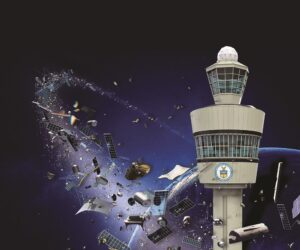
Rapidly growing congestion of the space environment demands heightened Executive and Legislative Branch attention to protect the astronauts aboard the International Space Station, billions of dollars of U.S. investment, and the expected growth of the space economy.

